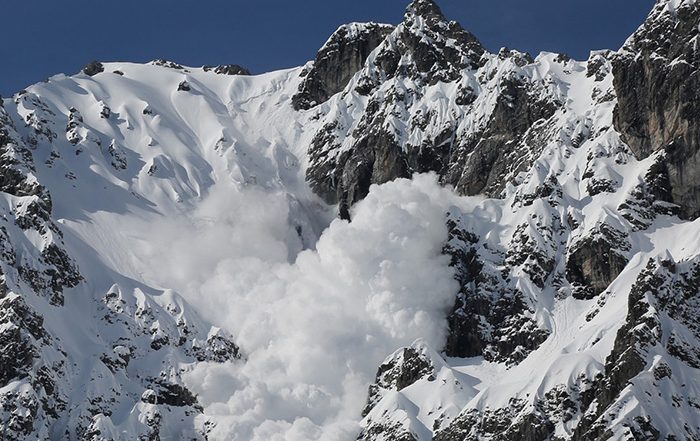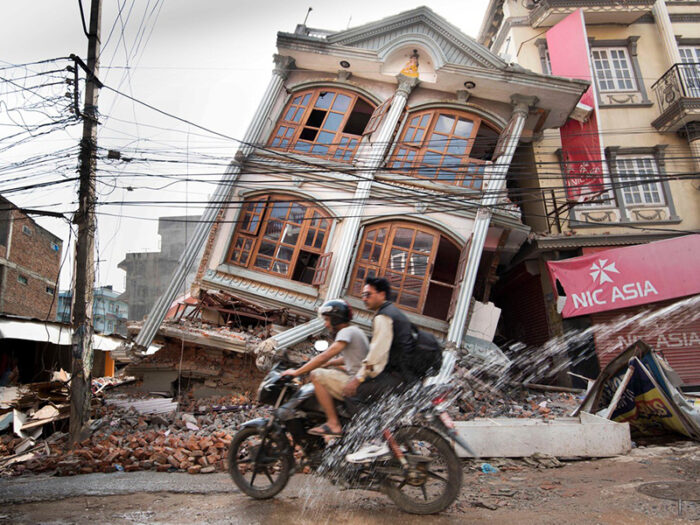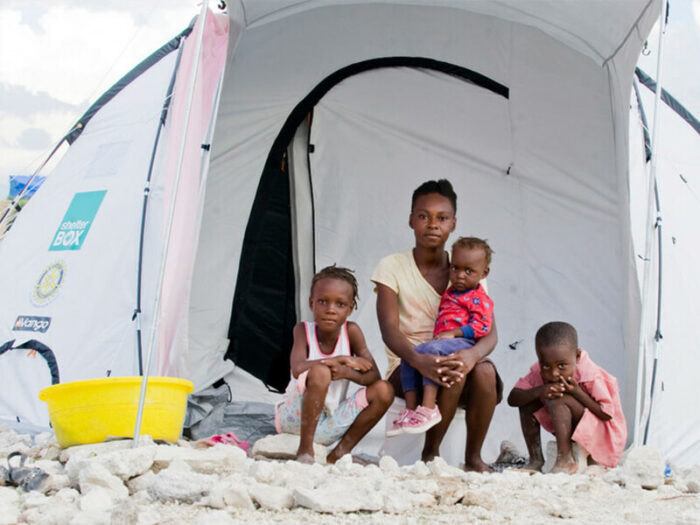
Disasters explained: avalanches
Each year, avalanches kill over 150 people worldwide. Read more about avalanches, what causes them and more.
Earthquakes, also known as seismic events, occur across the world every day. Most of them are too small to cause any damage.
Yet powerful earthquakes – like the ones that affected Türkiye and Syria earlier this year, or recently hit Morocco – can hit hard. And when they do, they claim thousands of lives. Major earthquakes can also trigger tsunamis and other disasters, making them even more devastating.
Discover everything you need to know about earthquakes here.
The short answer is no, not at the moment. Scientists try to calculate the probability that a major quake will occur within a specific area within a certain time frame, typically a number of years. In the future it might be possible. (Source: USGS)
These disasters can occur anywhere in the world. But there are 3 regions that see a far more intense seismic activity than others:
1. The circum-Pacific seismic belt, or the Pacific ‘Ring of Fire’. It sits along the rim of the Pacific Ocean, where about 81% of our planet’s largest quakes occur.
2. The Alpide earthquake belt. It extends from Java to Sumatra through the Himalayas, the Mediterranean, and out into the Atlantic.
3. The mid-Atlantic Ridge. Most of the mid-Atlantic Ridge is deep underwater. But Iceland, which sits directly over the mid-Atlantic Ridge, has seen quakes as large as at least 6.9 in magnitude.
(source: USGS)
Scientists use the Richter scale to measure the strength, or magnitude, of earthquakes.
Charles F. Richter developed the scale in 1935. One of the most powerful earthquakes was the 2010 Haiti 7.0 magnitude quake.
According to USGS (United States Geological Survey), these are the four largest earthquakes ever recorded:


To understand what causes an seismic event, it’s important to know what tectonic plates are and how they work.
Tectonic plates cover the surface of the earth. They are slow-moving, but they get stuck at their edges due to friction. And when the stress on the edge overcomes the friction, there is an earthquake. This releases energy in waves that travel through the earth’s crust and cause the shaking that we feel.
We call the point underground, where the force builds, the focus. As the strength of the force varies, so do the scale of the quakes. And that’s why some are a lot more damaging than others.
An earthquake can trigger secondary hazards or disasters, that sometimes cause far more harm. This includes landslides, tsunamis and flooding.
An earthquake can be a scary and traumatic event for a person to experience. Here are some of the impacts that a disaster like this can have.
Aftershocks
Aftershocks are smaller quakes that happen after the largest shock of an earthquake sequence. They can continue over a period of weeks, months, or years. Most powerful mainshocks cause further larger, longer and many more aftershocks.
Liquefaction
Liquefaction is a physical process that can lead to ground failure. It causes clay-free soil deposits, like sands and silts, to temporarily lose their ‘solid’ strength. Thus they behave as thick fluids rather than as solids. The effect is very much like when you wiggle your toes in the sand close to the water.
Tsunamis
A tsunami is a series of giant waves caused by earthquakes or undersea volcanic eruptions.
It sends a surge of water onto land, often reaching heights of over 100 feet. Although tsunami waves do not reach great heights out in the depths of the ocean, as they enter shallower water they begin to grow in energy and height.
Tsunami waves can tear across the sea at speeds of 500 miles an hour. The depth of the ocean determines the speed – travelling as fast as a jet plane over deep waters and slowing down when reaching shallow waters.
Landslides
A landslide is the movement of a mass of rock, debris, or earth down a slope.


We have responded many times to major earthquakes and tsunamis. Here are some examples:
Right now, we are supporting people affected by the February 2023 earthquakes in Turkey and Syria.
We are also sending out an assessment team to Morocco after the recent earthquakes there, to find out what support is needed and if we are well placed to help.